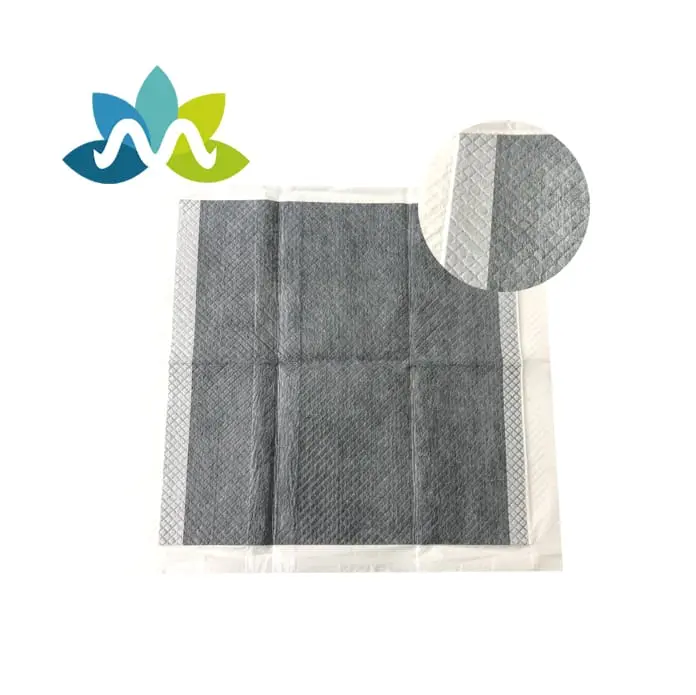If you live in an apartment, you might want to start house training your dog with puppy pads. This way, your dog can learn to relieve himself in a designated spot in your house. But you might also find it useful to try outdoor training for him. This will give you the flexibility to have your dog pee inside when you’re not at home, and go outside when you are home.
Start moving the puppy pad towards the door. Your goal is to get your dog out the door when he needs to relieve himself. When your dog can consistently use the puppy pad area, then you can start integrating outdoor training into the mix. Move the puppy pad a little closer to the door every day. Do this incrementally, moving it a few feet every day.
Praise the dog every time he uses the puppy pad. Give him a pat and use a friendly voice.
If your dog is having accidents after you’ve moved the pad, you may be moving too quickly. Move the pad back and wait another day before moving it again.
Move the pad to just outside the door. Once your dog is successfully using the pad in the location where you’ve moved it, you should start getting him used to toileting outside. He will get used to being out in the fresh air when relieving himself, even if it’s still on the puppy pad.
Place the pad near the outdoor toilet area. Plan a space where you would like your dog to relieve himself. This might be a patch of grass or near the base of a tree. When your dog needs to go out, bring a pad with you so that your dog will associate the outdoor place with the pad.
Remove the pad altogether. Once your dog is using the pad outside, you can stop setting out the pad for him. He will use the outdoor patch instead.
Add another puppy pad in the indoor toileting area. If you want your dog to have the option of relieving himself indoors or outdoors, then you can set up the toileting area inside again.
Alternate between the indoor and outdoor potty spots. Keep your dog familiar with both the indoor and outdoor potty spots by taking him to each one. Alternate between both for a couple of weeks so that he is accustomed to using both.
Giving Praise to Your Dog
Give lots of praise. When your dog has relieved himself, either indoors or outdoors, give him lots of attention and pats. Say, “Good dog!” and other praise. Have a little celebration with your dog. This lets your dog know that its behavior is remarkable and deserves praise.
Make sure to time your praise appropriately. When your dog has finished relieving himself, give him praise right away. You want to be sure that he associates the praise with the action that he just did. Otherwise, he might get confused about what he’s being praised for.
Keep your voice friendly. Don’t use a harsh tone with your dog while you’re house training him. You don’t want him to feel scared or anxious about going outside or relieving himself.
Don’t yell at your dog if he has an accident.
Don’t punish your dog for accidents. Your dog is learning how to follow your instructions. Be patient with him. Don’t rub his face in his waste. Don’t yell or shout at your dog. Don’t hit your dog. If you’re not patient and friendly, your dog may associate fear and punishment with toileting.
If you catch your dog in the middle of an accident, make a loud noise or clap to startle him. Then he will stop urinating or defecating, and you can take him to his designated toileting area to finish up.
Post time: Dec-28-2022


